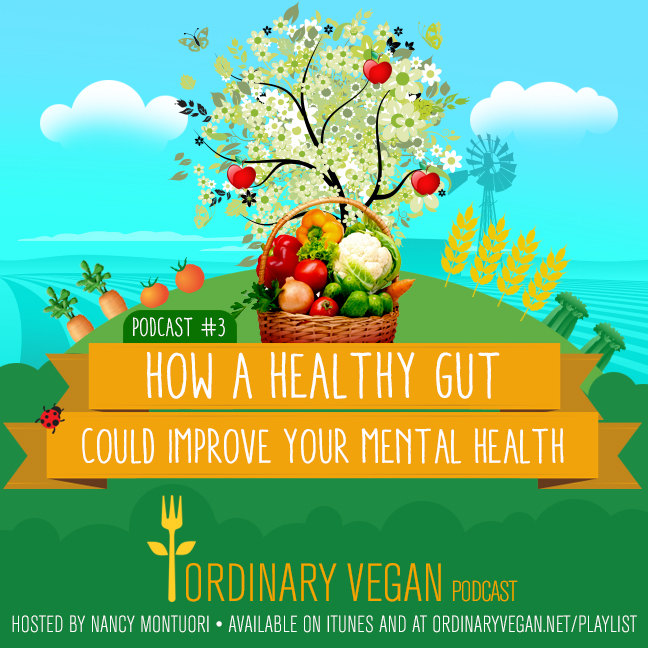
The Vegetarian Diet Pyramid is a guideline for a healthy and traditional vegetarian diet. The Vegetarian Diet Pyramid is used widely in Asia and around the world to promote a vegetarian lifestyle. However, the pyramid does more than just guide food consumption. It is also a source of information on planning meals that are plant-based.
Delicious, healthy plant-based dishes
The vegetarian diet pyramid suggests that the fruits and veggies should be the largest portion of your plate. You should only eat organically grown fruits and vegetables. However, you can also include legumes. You should include at least three servings of green vegetables in your meals, such as capsicums, broccoli, kale and capsicum. Whole grains are also recommended.

Serving size
The vegetarian diet pyramid aims to provide the right balance of nutrients. There are five main food groups that correspond to a portion size. Vegetarians are encouraged not to eat meat or any animal products and instead should eat beans, legumes (nuts), and other plant-based foods. However, a vegetarian diet pyramid may differ from the USDA food guide pyramid because some food groups are excluded.
Common nutrients lacking in a vegetarian diet
A vegetarian diet may be deficient in some nutrients. Among these are zinc and iron. Although these minerals can be found in plants, they are not easily absorbed by the body. You can improve your absorption by including vitamin C to your daily food intake. Vitamin C can increase your body's ability absorb non-animal sources (non-animal) of iron and zinc. You can increase your availability of these minerals by soaking grains and legumes.
The sources of nutrients
Vegetarians need to eat a wide variety of food to meet their daily requirements of essential nutrients. Vegetarians should eat foods high in iron and calcium. These nutrients are more easily absorbed when combined with vitamin C. These essential nutrients can be found in plants such as beans, nuts and wholegrain grains.
Health benefits
A vegetarian diet can offer the same nutrition and lack of cholesterol as a diet that is based on animal products. The plant-based food pyramid has several advantages. It can be eaten more frequently and can provide a wide variety of nutrients.

Symbolism of the vegetarian diet pyramid
The symbolism behind the vegetarian diet pyramid can be a powerful tool to assist vegetarians in making dietary changes. Symbols are used to represent food groups, such as fruits or vegetables. These foods provide similar nutrition to animal-based products, but have no cholesterol. It doesn't mean that vegetarians have to eat all the foods on the pyramid every day. Vegetarians can use the symbols to help them choose the best foods.
FAQ
Are there 5 ways to have a healthy lifestyle?
Are there 5 ways to have a healthy lifestyle?
Healthy living means eating right, exercising regularly and getting enough sleep. It also involves managing stress and having fun. Avoiding sugar and unhealthy fats is key to eating well. Exercise strengthens your muscles and helps you lose calories. Getting enough sleep improves memory and concentration. Stress management can reduce anxiety and depression. And finally, having fun keeps us young and vibrant.
What are 10 healthy behaviors?
-
Eat breakfast every day.
-
Don't skip meals.
-
Maintain a balanced diet.
-
Get lots of water.
-
Take care of yourself.
-
Get enough rest.
-
Stay away from junk foods.
-
Daily exercise
-
Have fun!
-
Make new friends.
What is the problem with BMI?
BMI stands for Body Mass Index, which is a measurement of body fat based on height and weight. This formula calculates BMI.
Add weight in kilograms to height in meters squared.
The result can be expressed in a number between 0 to 25. A score greater than 18.5 is considered overweight. A score greater than 23 is considered obese.
A person with a body mass index of 22 and a weight of 100 kg and a height 1.75m will have a BMI.
What is the difference between a virus and a bacterium?
A virus is an organism microscopic that can't reproduce outside its host cells. A bacterium (or single-celled organism) reproduces by splitting itself into two. Viruses are small, around 20 nanometers in size. Bacteria are much larger, at 1 micron.
Viruses spread easily through contact with bodily fluids infected, including saliva and urine, semen, vaginal secretions or pus. Bacteria is usually spread directly from surfaces or objects contaminated with bacteria.
Viral infections can also be introduced to our bodies by a variety of cuts, scrapes or bites. They can also enter the body through the nose and mouth, eyes, ears or rectum.
Bacteria may enter our bodies through cuts and scrapes on our skin, burns, insect bites, and other wounds. They may also come into our bodies through food, water, air, soil, dust, or animals.
Both bacteria as well as viruses can cause illness. Viruses can not multiply in the host. They only infect living tissues when they cause illness.
Bacteria can multiply within their hosts and cause illness. They can infiltrate other parts of the body. To kill them, we must use antibiotics.
Statistics
- WHO recommends consuming less than 5% of total energy intake for additional health benefits. (who.int)
- According to the 2020 Dietary Guidelines for Americans, a balanced diet high in fruits and vegetables, lean protein, low-fat dairy and whole grains is needed for optimal energy. (mayoclinichealthsystem.org)
- WHO recommends reducing saturated fats to less than 10% of total energy intake; reducing trans-fats to less than 1% of total energy intake; and replacing both saturated fats and trans-fats to unsaturated fats. (who.int)
- nutrients.[17]X Research sourceWhole grains to try include: 100% whole wheat pasta and bread, brown rice, whole grain oats, farro, millet, quinoa, and barley. (wikihow.com)
External Links
How To
How to keep your body healthy
This project was intended to offer some recommendations on how you can keep your body healthy. Understanding what you need to do to keep your health in good shape is the first step to maintaining your health. To do this, we needed to discover what is best for our bodies. Then, we looked at all the ways people attempt to improve their overall health. We discovered many that could help. Finally, we came to some suggestions that would help us remain happier and healthier.
We began by looking at different kinds of food. We discovered that some foods are not good for us and others are better. We know sugar can cause weight gain and is therefore very harmful. Fruits and vegetables, on the other hand are healthy because they are rich in vitamins and minerals that are vital for our bodies.
Next, we looked at exercise. Exercise strengthens our bodies and gives us more energy. It also makes us feel happy. There are many different exercises we can do. You can do many things like running, swimming, dancing and lifting weights. Yoga is another great way to build strength. Yoga can be a great exercise as it increases flexibility, improves breathing and is a great way to increase strength. If we want to lose weight, we should avoid eating too much junk food and drink plenty of water.
Last but not least, we discussed sleep. Sleep is an important thing that we must do each day. When we don't get enough sleep, we tend to become tired and stressed. This can cause problems like back pain, depression, heart disease and diabetes as well as obesity. If we want to be healthy, we need to get enough sleep.